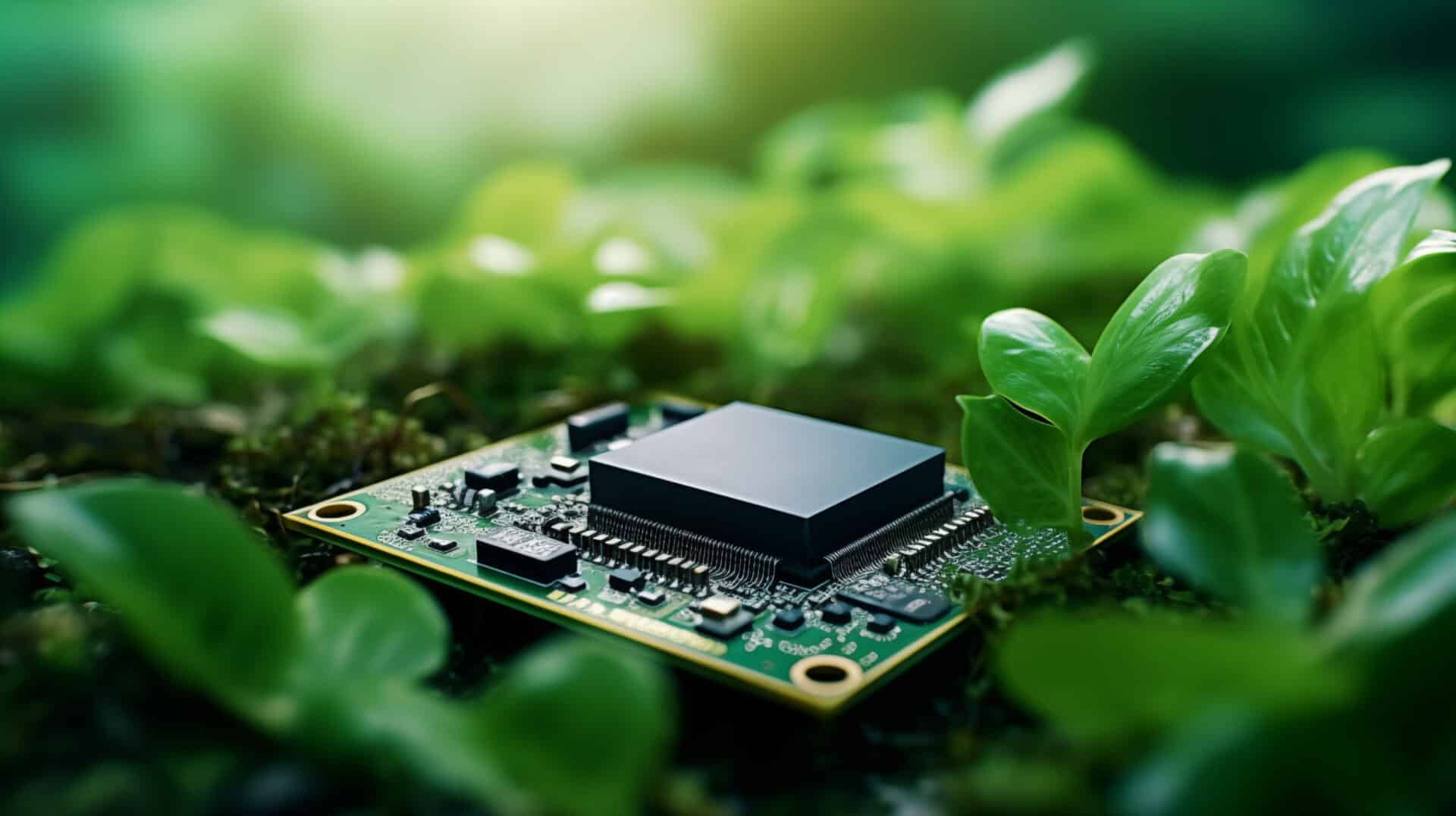Environmental concerns and associated regulatory changes are trending, resulting in the rise of sustainable technology – even in small to medium-sized businesses (SMBs). Forward-thinking SMBs are rethinking their operations to reduce environmental impact while maintaining efficiency and competitiveness.
Are you wondering how sustainable technology can benefit your business beyond the trend? Let’s review some options.
The Rise of Green IT Practices
“Green IT” focuses on minimizing the environmental impact of information technology systems through energy-efficient hardware, optimized software, and responsible disposal practices.
Data centers, which traditionally consume vast amounts of electricity, are now leveraging advanced cooling systems, renewable energy sources, and virtualization technologies to slash their carbon footprints—an approach that SMBs can adopt on a smaller scale to save costs and resources.
The Business Benefits of Sustainable Technology
Adopting green technology isn’t just good for the planet—it makes good business sense. Benefits include:
- Cost Savings: Reduced energy consumption translates to lower operational expenses.
- Regulatory Compliance: Staying ahead of environmental regulations can prevent costly fines.
- Enhanced Brand Reputation: Consumers increasingly favor eco-conscious companies, especially when choosing local businesses.
[Related Reading: The Rise of Autonomous Systems]
Practical Steps for SMBs to Implement Sustainable Technology
Sustainable technology is accessible to SMBs of all sizes. Here are some practical steps you can take:
- Cloud Computing: By migrating to the cloud, you can reduce the need for energy-intensive on-premise servers.
- Energy-Efficient Equipment: Upgrading to ENERGY STAR-rated devices can significantly cut energy consumption.
- Remote Work Policies: Allowing remote work reduces commuting-related emissions while increasing flexibility for your team.
- Partnerships with Green Vendors: Collaborate with suppliers prioritizing sustainability to extend eco-friendly practices across your value chain.
[Related Reading: Why Collaborative Technology Is the Future of Business Operations]
The Road Ahead
Sustainable technology will continue to evolve, with innovations like carbon capture, circular manufacturing, and AI-driven energy optimization on the horizon. SMBs that invest in these solutions today will be better positioned for tomorrow’s environmentally conscious market.
Is your business ready to embrace sustainable technology? The time to act is now. Let’s build a greener, more resilient future—together. Connect with us!








